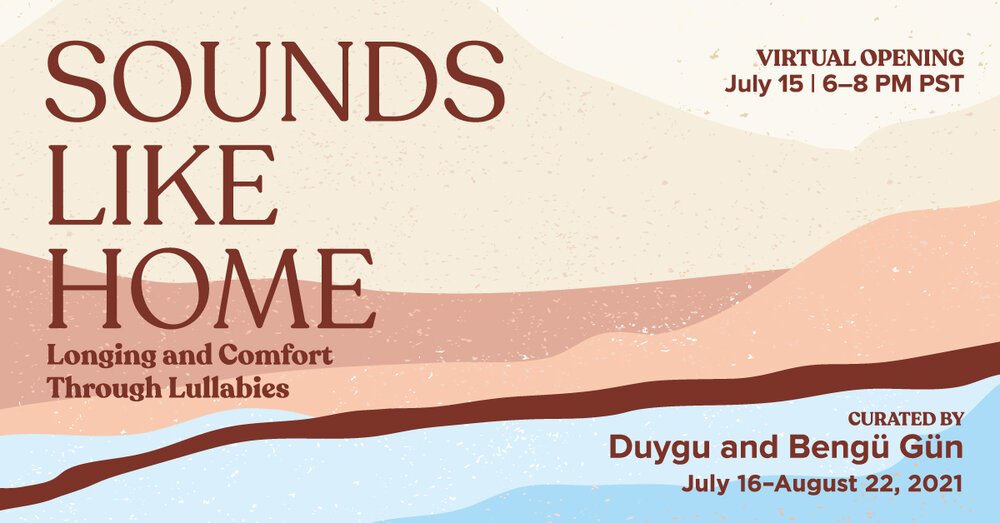
SOUNDS LIKE HOME: Longing and Comfort Through Lullabies
Songs and tales have long been used as a tool to preserve cultural memory, reproduce cultural norms and social ethics across borders and time. Linguistic and musical memory are encoded differently in the brain with music as one of the most important stimulators for the formation and recall of memory. Inspired by their own family lineage’s experience with displacement from Greece to Turkey, Sounds Like Home curators Bengü Gün and Duygu Gün uncover how lullabies can be a source of comfort when longing for home and place, challenges it’s subliminal messaging that reproduces oppressive power structures and affirms that culture is fluid.
Featuring visual artists, musicians, folklorists, and researchers across fields of study, this multidisciplinary exhibition demonstrates the universality of lullabies. We can find cultural patterns and values when we trace the historical lineage of a lullaby to a specific site or region. Lullabies archive the perspectives and experiences of caregivers as storytellers. As a form, lullabies become vehicles for cultural memory, exchange, and identity formation. Sounds Like Home asks, “Is there a connection between lullabies across languages and cultures? How does the way we exchange these messages change over time?”